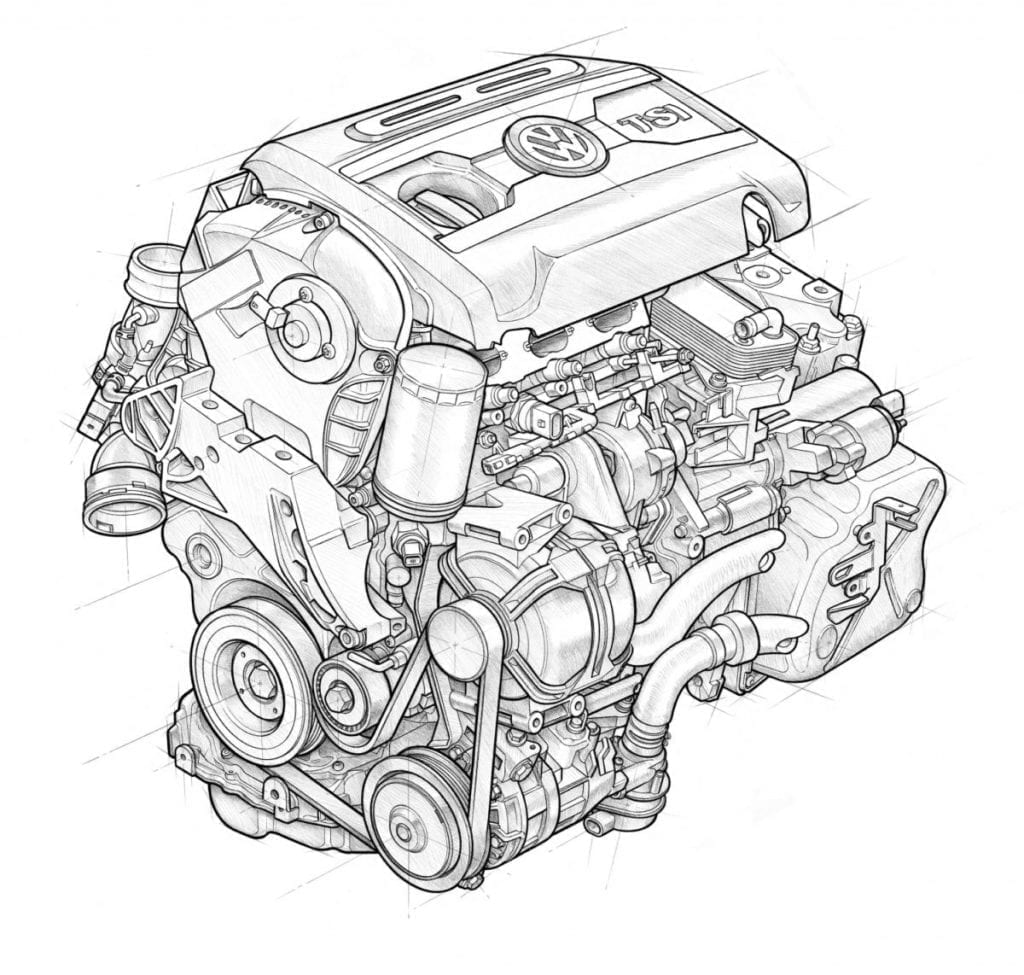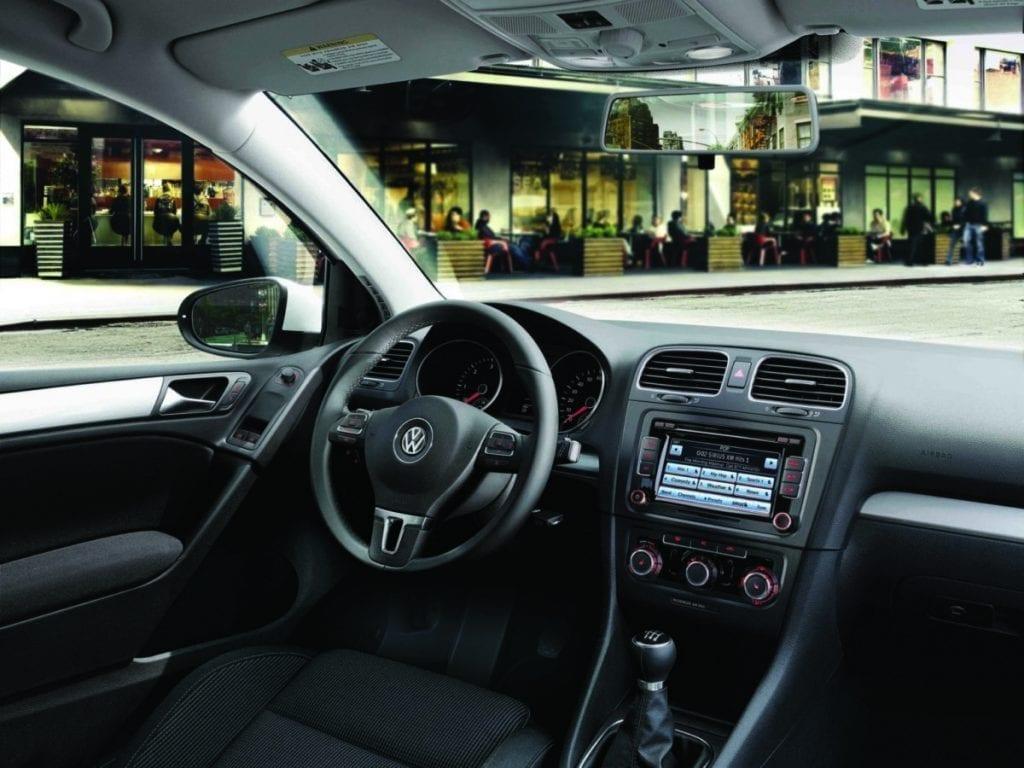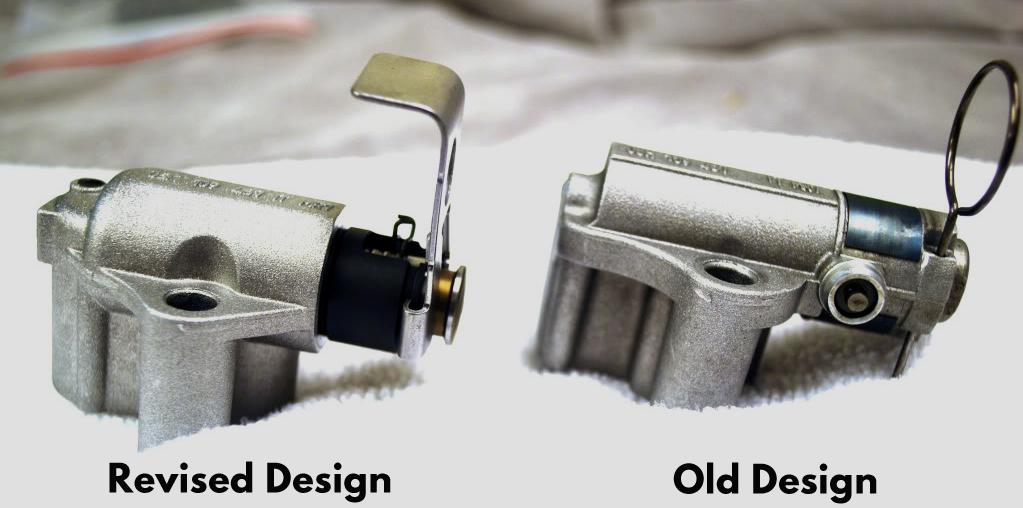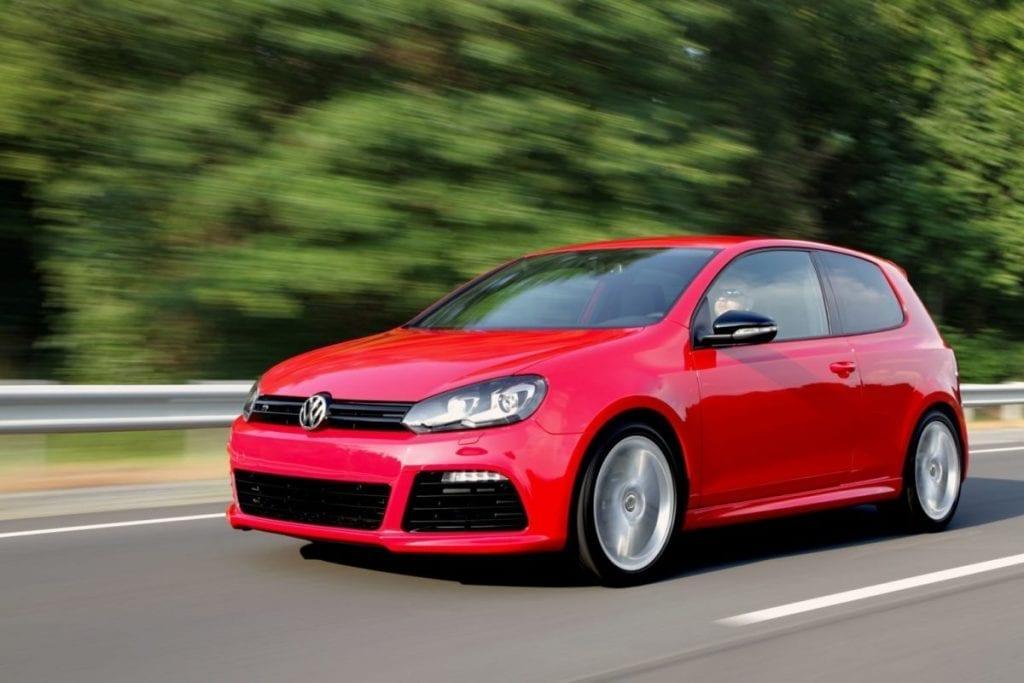The Mk6 Volkswagen Golf is a Used Car Hidden Gem

Contents
Suppose you’re looking for one car that’ll do it all. Slip into compact spaces with ease. Accelerate and handle with grace. Fit four adults and their luggage in a well-appointed interior with little apparent cost-cutting. Command the road at highway speeds. Let’s throw in 30+ mpg fuel economy for good measure.
Now suppose you’re looking to spend $15k or so, and the cheaper the better. If you’re thinking about new cars, don’t waste your time. Even the cheapest new car on the lot will likely surpass the $15k threshold, and the only boxes it’ll check are the ones pertaining to parking and fuel economy.
But for the same money or quite possibly far less, you could have a sixth-generation (Mk6) Volkswagen Golf. Step up to the 200-horsepower GTI version if you’re feeling frisky; it’s in your price range too. As the final Golf built in Germany before VW shifted to a more global (read: cost-conscious) product strategy, the Mk6 arguably represents the pinnacle of Volkswagen’s small-car engineering.
Thanks to the magic of depreciation, a gently used specimen can now be yours for pennies (okay, quarters) on the dollar, promising years of delightful motoring with hardly any age-related drawbacks.

Introduction
Available with either two or four doors, the Mk6 Golf hatchback was not a particularly long-lived model, covering a spread of five years (2010-2014) from start to finish. Our primary recommendation is to buy the newest example you can afford.
That’s because Volkswagen made some key improvements to the Mk6 over time; for instance, the GTI’s turbocharged engine initially had a tendency to wear out water pumps, which led to a recall for 2011 and earlier versions. Owners report that the post-recall years (2012-2014) are safer bets thanks to revisions in the part’s design.
In terms of features and options, the Mk6 Golf didn’t change a whole lot during its run — perhaps the most notable alteration was the removal of the two-door variant for 2014 — so your task is simply to find the newest and best-maintained car at a reasonable price.
You’ll also need to make a selection between efficiency, fun, and value.
We love the diesel (or “TDI”) variant of the Mk6 Golf. They’re a bit rarer than gasoline versions and so can be harder to find, but it’s worth the effort if you appreciate their truly impressive (40+ mpg highway) fuel economy.
Spin the dial towards performance, and the GTI is the clear winner. With its powerful turbo engine and sportier suspension, it adds tons of fun to the Golf’s otherwise practical package.
Meanwhile, the “base” five-cylinder Golf, which is typically thousands less than a TDI or GTI, still offers a remarkable level of quality and refinement for an entry-level car.

Engines and Transmissions
Naturally, the GTI and TDI engines get most of the attention here, but the base Golf’s funky 2.5 liter five-banger has a lot going for it. There’s plenty of punch, for one thing. Rated at 170 horsepower and about the same amount of torque, the 2.5 matches or exceeds the output of most compact-car engines today, even though it was introduced well over a decade ago. Notably smoother than most four-bangers, the five-pot also hums a distinctive baritone tune during acceleration. Meanwhile, there are plenty of favorable reviews out there about its reliability, which might surprise some shoppers.
Fuel economy is a minor sore spot, but that’s only in comparison to other economy-car engines of the day, which tended to be considerably less powerful. Rated at around 30 mpg highway, the five-cylinder Golf is frugal enough to satisfy most drivers, and like many German cars, it can squeeze out an extra mpg or two on a long 70-mph cruise.
Note that the five-speed manual transmission was discontinued for 2014, so if you want to shift your own gears with the 2.5, you’ll need to go 2013 or older. The mainstream alternative is a refined six-speed automatic, which pairs nicely with the torque-rich five-cylinder. We certainly wouldn’t discourage you from seeking out a manual; just know that the five-cylinder is a relaxed power plant that doesn’t exactly entice you to wring it out from shift to shift.
VW has been offering diesel power in its cars since the 1970s, and the Mk6 Golf’s 2.0 liter TDI engine is one of its best ever, despite the Dieselgate soot that clouds its reputation. Yes, it was originally programmed to cheat emissions tests, but even with the court-mandated updates it’s still a great performer, offering torque-rich power (236 lb-ft @ 1750 rpm) along with 600+ miles of range.

As for the GTI’s direct-injected 2.0-liter turbo four (200 hp, 207 lb-ft), it’s nothing short of a masterpiece in the genre. Eager to rev and virtually lag-free, with exceptional smoothness and a juicy soundtrack to boot, the “2.0T” is essentially a luxury-grade performance engine. Few if any other engines come close to its excellence at today’s Mk6 GTI prices, and even the significantly torquier turbo four in the Mk7 GTI can’t match the quick, linear response of the Mk6 lump. As with the five-cylinder, fuel economy in the low 30s on a road trip is easily gettable, so the efficiency’s there, too.
Both the TDI and the GTI offer VW’s excellent “DSG” dual-clutch automated manual transmission, renowned for its instantaneous upshifts and impeccable rev-matched downshifts. On the other hand, DSG service costs will inevitably be higher than those for the available 6-speed manual transmission, a joyful unit that’s one of the best you’ll find in any car.
Buying Tips
The GTI comes standard with the iconic “Tartan” plaid upholstery, but two higher-priced trim levels offer leather seats: the Driver’s Edition (introduced in 2013) and the Autobahn. Both of these trims also come with a sunroof, and the Autobahn additionally features a sparkling Dynaudio stereo system.

Considerably pricier is the Golf R, an all-wheel-drive, manual-only variant with a more powerful four-cylinder turbo but also more weight to haul around — a trade-off that we think makes it not quite worth the premium.
Interestingly, the entry-level five-cylinder Golf, despite its humble origins, can be optioned with many of the zippier models’ luxuries, including the sunroof and Dynaudio stereo, so it pays dividends to seek out a well-equipped example.
Don’t assume that your new Mk6 Golf will come with Bluetooth, however; it wasn’t a given back then, so make sure to test out that functionality in any specific car you’re considering if it’s something you care about (and we’re guessing you do).

Problem Areas
As with any used car, the Golf holy grail is a one-owner, private-party specimen with no accidents, low miles and full records of timely service.
Carbon Buildup
One thing to bear in mind is that the GTI and Golf R engines can suffer from internal carbon buildup due to their use of direct fuel injection. The remedy is periodic valve cleaning (roughly every 70-100k miles), which can set you back around $500-$700. But this issue is endemic to direct-injection engines in general.
Timing Chain Tensioner Failures
Also, a small percentage of GTI owners have reported failures of the 2.0T engine’s timing chain tensioner, which causes the timing chain to slip, damaging valves, cylinders, and possibly more. Should this happen, the fix is, at a minimum, a rebuilt head, which is about a $3000 repair. It could even require an entirely new motor, which would set you back nearly ten grand. Ouch.
On the plus side, a more robust tensioner (see image above) is available and was installed from the factory starting in late 2012, so you can avoid this problem by limiting your GTI searches to the 2013 and 2014 model years. To be doubly sure, check the car’s specific build date, which is found in the upper right corner of the VIN sticker on the driver’s door jamb.
Alternatively, you can look for earlier examples where an updated part has already been fitted — something that a VW specialist can confirm relatively easily as a part of your pre-purchase inspection (PPI) — or budget about $800 to have a new one installed (~$300 in parts plus about five hours of labor).
Aside from this and the GTI water pump weakness noted earlier, there really aren’t any other Mk6-specific red flags to speak of.
VW Reliability History
While it’s true that VW had some well-documented reliability issues in late 1990s and early 2000s, these seem to have been largely cleaned up by the time the Mk6 rolled around. It’s worth remembering that Volkswagen has long been the most popular automaker in Europe, where its cars are considered to be sensible and dependable products. The company’s stateside reputation may not be quite as stellar, but we feel confident in stating that, these days, rumors of dismal Golf reliability have been greatly exaggerated, likely due to the bumpy years immediately preceding the Mk6’s debut.
As with any used car, a pre-purchase inspection (PPI) is still strongly recommended, even if you think you’ve found the perfect candidate. Although the Mk6 is not a terribly complicated car, it does have a number of computer-managed systems that you’ll want to have tested by an expert prior to the sale. Spend the hundred and fifty bucks; it’s worth it for peace of mind — and hey, you’re already saving thousands versus a comparable new vehicle.

Price Ranges
$20,000+ is almost solely Golf R territory. You might find a super-nice Mk6 GTI at the low end of this range, but that seller should know that pristine Mk7 GTIs are now readily available for similar coin. Realistically, you shouldn’t be spending this much on a Mk6 unless your heart is set on a Golf R.
$14,000-$20,000 buys you, believe it or not, a cream-of-the-crop, accident-free, late-build Mk6 GTI with very low mileage (under 30k). It’s so much car for the money. Many owners will tell you that a GTI is an Audi without the badge, and given the Mk6’s solid reliability reputation on owner forums, it’s also potentially an Audi without the headaches.
$9000-$14,000 opens up all sorts of Mk6 Golf options, from perfectly serviceable GTIs, including occasional low-mileage bargains between $12-$14k, to excellent TDI examples with relatively low miles (under 50k), to top-shelf Golfs with the five-cylinder engine, where $9-$12k nets you one of the best specimens in the country.
$9,000 or less gets you into a well-kept five-cylinder Golf with plenty of years and miles to go. For a car that Car and Driver calls a “mini-Mercedes,” that’s just a silly value. You can also find higher-mileage TDIs and GTIs in this range. Find one with an excellent maintenance history, and it should also be a good bet.

The Bottom Line
The Mk6 Golf gives up nothing to today’s new economy cars in terms of refinement, solidity or passenger space — indeed, it tends to be better on all counts — and yet you can pick one up for half the price or even less. So make the move and join the Mk6 club. It’s the rare compact car that doesn’t feel like a downgrade in any way except price.
In fact, this Golf only seems dated when you look at its infotainment offerings, which peaked with a rudimentary touchscreen toward the end of its run. As long as you don’t absolutely need to have the latest whiz-bang graphics and electronics, the Mk6 will reward you with an exemplary ride-and-handling balance, capable performance and the lingering sense that remarkably few compromises were made in the course of its design and construction.
That makes the Mk6 Golf easily one of the best values now in the used car market.
Photos courtesy of Volkswagen, Wikimedia Commons, and the author